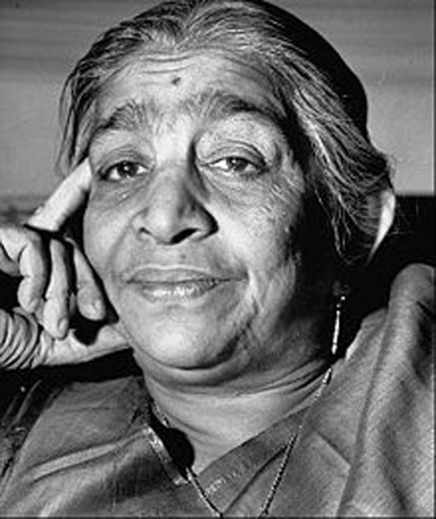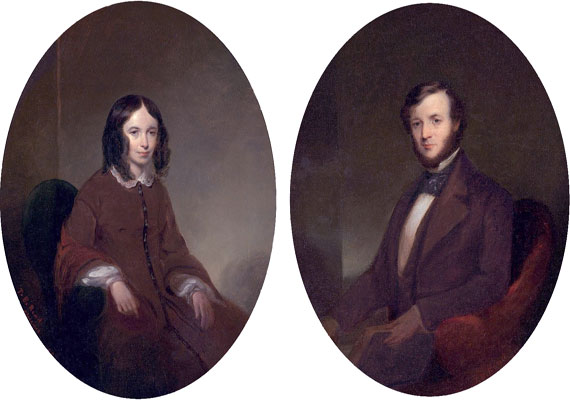Govinda’s Disciple setting comprises the lap of nature – an earthy haven covered with hills and streams graced by the river Jamuna. This natural surrounding, untouched by civilization and modernization, forms the perfect setting for this poem that deals with the renunciation of the material in favor of the divine and the spiritual.
Govinda’s Disciple Summary
This Govinda’s Disciple summary provides a line-by-line explanation of the poem.
“Far below flowed the Jumna, swift and clear,
Above frowned the jutting bank.
Hills dark with the woods and scarred
With the torrents were gathered around.”
The poem begins with natural imagery, transporting the readers from their worldly surroundings into the lap of nature. The river Jamuna can be seen at a distance, flowing swiftly and clearly through the wilderness. The riverbank is lined with jutted rocks that make it seem like the riverbank is set into a perpetual frown. The landscape is surrounded by hills on all sides. The dense foliage of trees growing on the hills gave the hills a dark appearance. They were scarred by the many fast-moving streams that journeyed through the hills.
“Govinda, the great Sikh teacher, sat on the rock.
Reading scriptures, when Raghunath, his disciple, proud
of his wealth, came and bowed to him and said, I have
brought my imperfect present unworthy of your acceptance.”
It was in the midst of this wild habitat and natural beauty that the great guru Govinda, one of the founders of the Sikh religion, sat on a rock and read his scriptures. His study was interrupted by a visit from one of his disciples, Raghunath – a wealthy fellow who came bearing a gift for his guru. Bowing in front of Govinda, Raghunath said to his guru that he had brought a small present for him in hopes that it would be worthy of the great sage’s acceptance.
“Thus saying he displayed before the teacher a pair of
Gold bangles wrought with costly stones.
The master took up one of them, twirling it around.
His finger and the diamonds darted shafts of light.”
Raghunath brings forth a pair of gold bangles studded with precious stones – an expensive gift indeed. Govinda picked one of the bangles up and twirled it around on his finger while the diamonds on the piece of jewelry scintillated by refracting the sunlight.
“Suddenly, it slipped from his hand and rolled down
the bank into the water.
‘Alas,’ screamed Raghunath and jumped into the stream.
The teacher set his eyes upon his book, and the water held and hid what it stole and went its way.”
Govinda only observed one of the bangles when it suddenly slipped from his fingers and rolled down the stony bank and into the river. Taken aback by the loss of his precious gift, Raghunath screamed in disappointment and jumped into the water to retrieve the bangle he had brought for his guru. Govinda continued to sit on the rock and read his scriptures, unbothered by the frantic attempts of Raghunath to bring back his precious gift to him. The water, too, seemed unbothered by Raghunath’s search and continued to hide away the bangle as if it had decided to steal the same away from Raghunath.
“The daylight faded when Raghunath came back to
the teacher tired and dripping.
He panted and said, ‘I can still get it back if you
Show me where it fell.’
The teacher took up the remaining bangle and threw it
Into the water said, ‘It is there.'”
Dripping with water, an exhausted Raghunath came back to Govinda, having spent the whole day looking for the bangle in the water. Through breathless pants, he told his guru that he could still fetch the bangle for him if only Govinda would show him where it fell. Govinda answered this request of his disciple in the most unexpected way. Picking up the second bangle, he threw it into the water as well and said, “It is there,” implying that just like the first bangle, even the second one was now lost.
Govinda’s Disciple Central Idea
Govinda’s Disciple central idea revolves around renouncing one’s attachment to material possessions to create space for divinity to enter our minds and make them fertile for spiritual endeavors. The human pursuit of wealth and the value we attach to materialistic things act as the most significant impediment to our spiritual attainment paths. Disciples like Raghunath, whose minds are still occupied with wealth and luxuries, can never achieve clarity on their real divine purpose in life, for they are too busy amassing and showing off wealth. In this poem, the great Sikh guru Govinda throwing his gift of bangles into the river offers a profound lesson to such inauthentic disciples who are still struggling with materialism’s hold over their minds and lives.
Some online learning platforms provide certifications, while others are designed to simply grow your skills in your personal and professional life. Including Masterclass and Coursera, here are our recommendations for the best online learning platforms you can sign up for today.
The 7 Best Online Learning Platforms of 2022
- Best Overall: Coursera
- Best for Niche Topics: Udemy
- Best for Creative Fields: Skillshare
- Best for Celebrity Lessons: MasterClass
- Best for STEM: EdX
- Best for Career Building: Udacity
- Best for Data Learning: Pluralsight
















